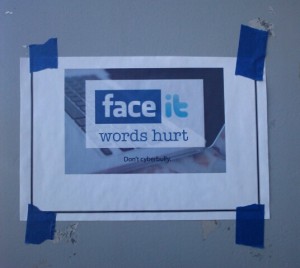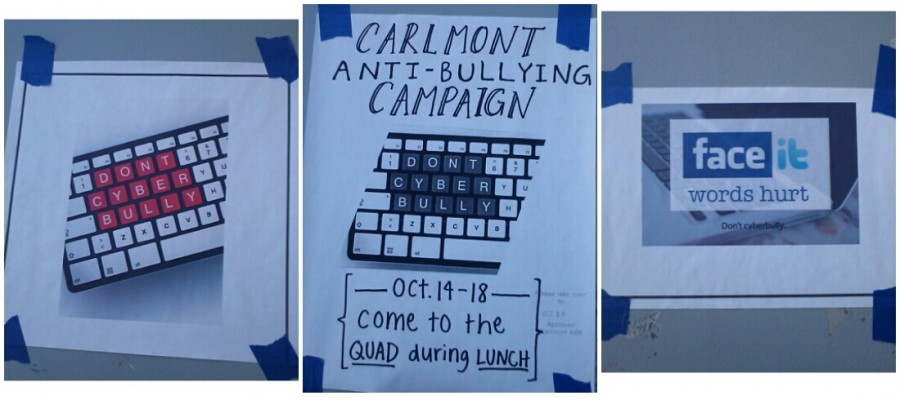“Yes ik [I know] I killed Rebecca and IDGAF [I don’t give a f–k].”
This Facebook post was the decision-maker for authorities to arrest two young Fla. girls charged with the aggravated stalking that drove a 12-year-old peer to suicide last month.
A group of about 15 girls led by the two arrested culprits constantly told Rebecca Sedwick that she was ugly, to drink bleach, to kill herself, and other vicious things in person and via social media. In a last text sent to an acquaintance in North Carolina, Sedwick said, “I’m jumping and I can’t take it anymore.” Sedwick followed through with the message, jumping off an abandoned cement factory silo and falling to her death.
The Facebook post was written by Guadalupe Shaw, age 14, who started the abuse when she began dating Sedwick’s ex-boyfriend. Twelve-year-old Kaitlyn Roman was a friend of Sedwick’s before Shaw convinced her to join in the bullying that led to Sedwick’s suicide.
The bullying was originally committed at school, where verbal abuse, intimidation, threats, and at least one physical fight broke out between Sedwick and those who terrorized her. Sedwick was switched to homeschooling with her mother, and eventually transferred to a different school. However, the bullying still continued over phone applications and social media. Sedwick could not escape the constant taunts and threats.
When the judge overseeing the case realized that Shaw and Roman were still actively using social media and that Shaw’s recent Facebook post displayed a clear uncaring attitude about the situation, he hastened the arrest of the minors to prevent potential future harassment by them.
With today’s thriving Internet community, cyberbullying has become a serious issue in adolescent life. Applications like Ask.fm, Facebook, Kik Messenger, and Instagram are some of the many media tools abused by cyberbullies. “It’s way too easy to cyberbully, especially on Ask.fm,” said sophomore Viviana Tsangaropoulos. “The way it’s set up anonymously, it’s like they’re asking for you to bully people.”
Nine teenage suicides in the past year have been linked to bullying from Ask.fm.
Freshman Jimmy Dunning labeled cyberbullying as a much easier way for people to be rude and mean than in person: “Insults said from behind a screen are cowardly. People are much braver when they aren’t talking face to face.”
Carlmont ASB has recently been focused on supporting anti-bullying campaigns with posters around campus, a lunch event, and a freshman assembly on bullying. Several freshmen who attended the assembly agreed that it was mostly enforcing ideas on bullying that they already were aware of, but acknowledged the importance of the discussion. While they recognize the seriousness of the topic, some students feel that it is not an issue in their immediate sphere.
“Bullying, especially cyberbullying, is a serious issue in schools, but I haven’t seen any at Carlmont,” said freshman Alyssa Fine. Although she agreed that cyberbullying is a real concern in general, Fine has not had or heard of any experience with such happenings at Carlmont.
Freshman Daniel Austin had the same kind of thoughts on the assembly: “I already knew that cyberbullying was wrong, but I think it [the assembly] was a good message for other people.”
Cyberbullying can be anything from online intimidation and threats to petty insults repeated over and over. The issue of cyberbullying in today’s media-centric society is related to the abuse of media tools and the fact that once a cruel comment is posted, it is there for good. Many authorities on bullying agree that the old phrase “sticks and stones will break my bones, but words will never hurt me” no longer applies to current societal conditions.
Bullying is an age-old issue of society made worse by social media. Greater spread of social media amplifies the need for responsible usage by all.



